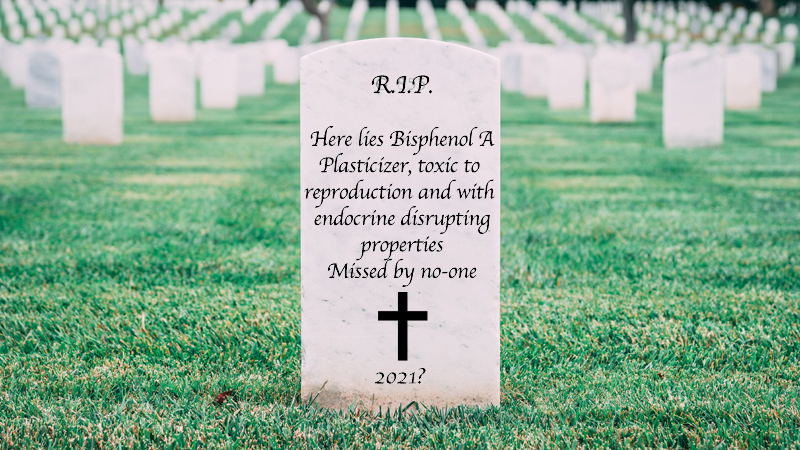A little over a decade ago, the European Chemicals Agency (ECHA) started to suggest that certain chemicals should be carefully regulated. ECHA recommended that the chemicals, all so called Substances of Very High Concern, should be put on the REACH Authorization List, also known as Annex XIV – which is basically the graveyard for toxic chemicals.
Chemicals on the authorization list require, well, authorization to be used and even then, you’re only allowed to use them for a limited amount of time. In the end, the decision to move chemicals to the authorization list is in the hands of the Commission. The problem is that not much is happening at their end.
Today, there are several chemicals ready and recommended for the authorization list, yet no decision has been made. ECHA started to make suggestions back in 2009 (the year iPhone 3 was launched, which might give you an idea how long it has been), and there are still 38 substances waiting to be put on the list. Some of them were suggested in the very beginning, meaning that they have been waiting for inclusion for 11 years!
“So? What’s all the fuzz about?” you might think. “These chemicals are probably produced in low volumes for rare industrial uses only.” Well, think again.
Looking through the list we find, for example, BPA and NMP. These two are high volume chemicals that can be found in many everyday consumer products.
“A majority of the chemicals are carcinogenic – others are toxic to reproduction”
A majority of the chemicals are carcinogenic – others are toxic to reproduction. It goes without saying that you do not want these chemicals in your products or production. In addition to this, many of these substances have safer alternatives. But they will not get the market share the producers hope for until the toxic chemicals – which the alternatives are designed to replace – are put on the authorization list.
Putting a chemical on the authorization list creates an incentive to switch to the safer alternative. It’s also an important step towards achieving true circular economy, since products containing hazardous chemicals can’t be reused, recycled, or up-cycled.
“Many progressive and innovative companies in the EU have developed safer alternatives, hoping to be rewarded for the investment when the alternative is in high demand”
This means that the consequence of the Commission’s inaction is not only continuous use of and exposure to hazardous chemicals, but also the loss of business opportunities for safer alternatives.
Many progressive and innovative companies in the EU have developed safer alternatives, hoping to be rewarded for the investment when the alternative is in high demand. But when the Commission’s decision is delayed, potential customers are hesitant to invest in the alternative and the business opportunity disappears.
It’s not only small, innovative startups that suffer from this lack of pace, even if they are probably most severely affected. Large companies are also investing great sums in innovation and research in order to develop alternatives to hazardous chemicals. The cost of this is vast, meaning that a missed opportunity can mean a lot, even to a large chemical producer.
Even if the larger companies can probably handle these losses of income better than the startups, the willingness to invest will diminish, leading to fewer alternatives being developed. And in the long run, this creates a less innovative climate for companies in the EU.
One of many examples of this comes from the Belgium chemical producer Solvay, who has developed a safer alternative to azodicarbonamide (ADCA), which is one of the substances waiting to be included on the authorization list.
However, the delayed decision has led to cautious customers, and the business opportunity – as well as the positive impact on the circular economy – are left in limbo.
“The delayed decision has led to cautious customers, and the business opportunity – as well as the positive impact on the circular economy – are left in limbo”
“Clear and efficient legislation enforcement would, undoubtedly, provide a stimulus to the frontrunners, and steer Europe towards a safer working environment and better life for people at a much faster pace”, says Karine Cavalier, Business Line Manager at Solvay.
Solvay is not the only company expressing this opinion. Over the last years, we have heard this sentiment several times from different chemical company representatives.
So, to kick of the work towards the ambitious Chemical Strategy launched a few weeks ago, ChemSec encourages the Commission to add all 38 chemicals to the authorization list in one swift stroke. A move like this would be in line with the strategy’s ambition to protect EU citizens and our environment from toxic chemicals, as well as reward and support innovation and producers of safer chemicals.





